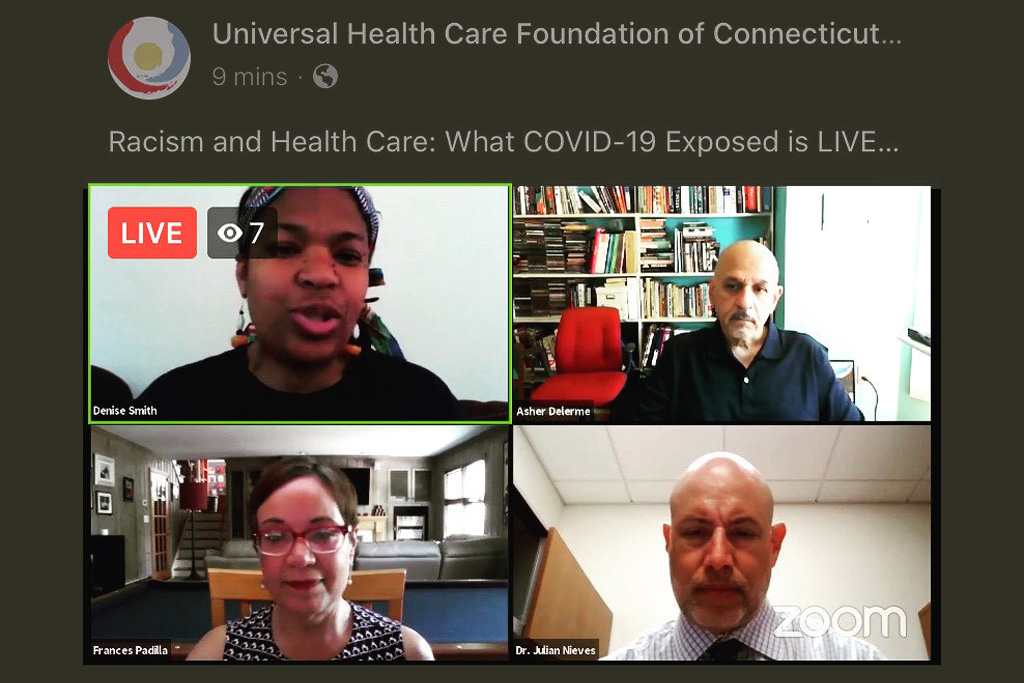Efficiency and Affordability: Linking Two Sides of the Coin (Part 2)
December 5, 2023
Tim McDonald, PhD, MPP| Rand Corporation
Bryan Dowd, PhD| University of Minnesota

Every single one of us deserves access to quality, affordable health care.
Sara Gideon
The second side of the coin is affordability. Improved affordability benefits individuals and families, employers, and society. The high cost of health insurance and health care services now affects the middle class Americans who have employment-based health insurance (ESI), enrollees in the ACA exchanges, and Medicare beneficiaries. The great news for affordability is that the wide variation in provider quality and cost implies that large savings could be realized if patients just shifted to those providers that are already better-for-less.
This reveals a truism of the second side of the coin: Patients cannot switch to higher quality, lower cost providers unless they are told where to find them and it is technically easy to make the switch. An important corollary is that patients are more likely to switch to more efficient providers if they share in the savings.
The policy opportunity comes in linking both sides of the coin: Measure providers on cost and quality, share that information with patients, and build incentives in health plans to share savings with patients when they choose better-value providers. Recent research has shown that combining information with incentives can lead patients to choose lower-cost providers. With both information and incentives in place, providers that are better quality for lower cost will gain patient volume, and those that are comparatively more expensive or lower quality will lose patient volume.
To explore this further, we have collaborated with the Minnesota State Employee Group Insurance Program (SEGIP) is the largest employer purchaser of health insurance in the state. Their Minnesota Advantage plan is structured so primary care providers are assessed for total cost of care (including the costs for specialists, hospitals, and prescriptions) and placed into tiers with varying patient cost sharing based upon their relative cost. In other words, patients share in the savings for choosing providers with lower total cost of care.
The program stands out for a few reasons. First, it puts primary care providers at the center of coordinating care. In a fragmented system, somebody must be responsible for the total cost— in the SEGIP system that is the primary care provider.
Second, it simplifies the choice process for patients. Instead of choosing among multiple providers and specialists and having to piece it all together independently, patients make one decision each year: Who will be their primary care provider? While making this choice cost information is summarized for the patient by the provider’s tier, and quality information is available from Minnesota Community Measurement.
There has been a lot of policy discussion recently about price transparency, empowering patients, and the importance of primary care. The SEGIP system is the first program we have found that addresses all these in a comprehensive, streamlined way, engaging and empowering patients.
In ongoing investigations of SEGIP, we are finding evidence the program design works for changing incentives: patients strongly prefer clinics in lower tiers, and providers respond by lowering prices.
We are taking what we learn from evaluating SEGIP, drawing upon other cutting-edge research around patient and provider decision making, and creating a general, evidence-based prototype health plan design. The intent is to help other large employers or public plans adopt a plan like SEGIP if they are interested. This could be a way for them to both improve care and lower costs for their employees and help change incentives through the process. We are excited to speak with anyone interested in learning more and look forward to sharing more as the work unfolds!
Back Issues

Developing a Research Agenda on High-Value, Equitable Care: The Power of Being Practical, Inclusive, and Innovative

The Room Where Research Happens: How I Became Part of a Group that Was Open to Research the Topic that Few Seemed Willing to Discuss














